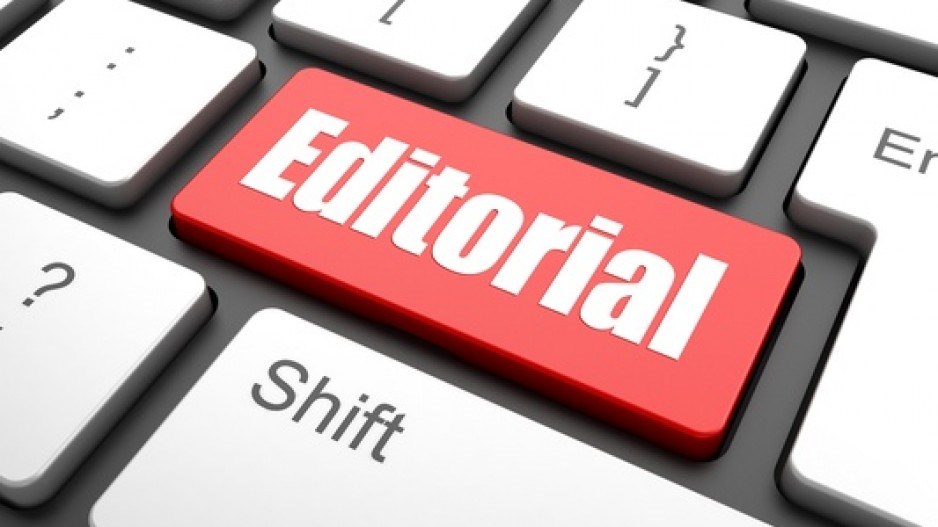Ominous inflationary signs that the government-funded pandemic payroll party is over are looming on the near horizon.
Combine that outlook with the upward march of consumer debt in Canada and the financial hangover facing Canadians and the country’s economy could require far more than the fiscal equivalent of Tylenol 3.
On the consumer debt front, Equifax Canada notes in its most recent consumer credit trends report that overall consumer debt in Canada is now a staggering $2.2 trillion.
Coupled with the massive government intervention in the economy during the pandemic and trade disruption resulting from global supply chain dysfunction, widespread inflation is ramping up, and it will likely stay ramped up for a while.
That is not good news for businesses and their customers.
As economic analyst Philip Cross points out in a Macdonald-Laurier Institute report released in November, higher near-term inflation and “lower potential growth in the long-term are the unintended consequences of the massive stimulus administered to the economy during the pandemic.”
Those government money taps, which continue to flow, have dramatically distorted economic fundamentals.
Opening those taps was critical to keeping some businesses and households afloat when COVID-19 turned off the lights of economies all over the world. But knowing when to turn public money taps off is not the strong suit of publicly elected officials.
Because of the extended government intervention in the marketplace, there is far more cash in taxpayer bank accounts than would be expected during crisis times. As Cross notes, personal disposable income in Canada has increased 12.8% since the pandemic began, and a lot of that increase is in high-income households that did not need government support but were not about to turn it down.
So we now face the prospect of rising inflation and rising interest rates.
That bodes ill for the spending power of consumers and the debt burden of governments.




